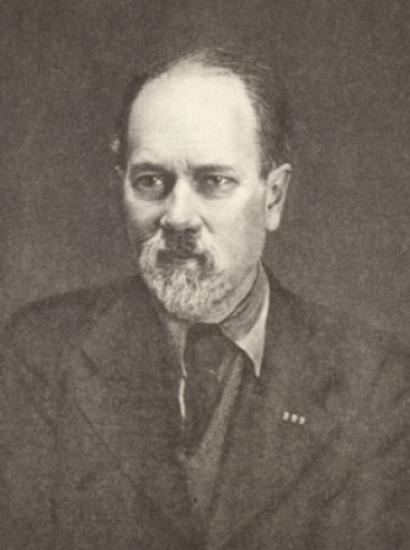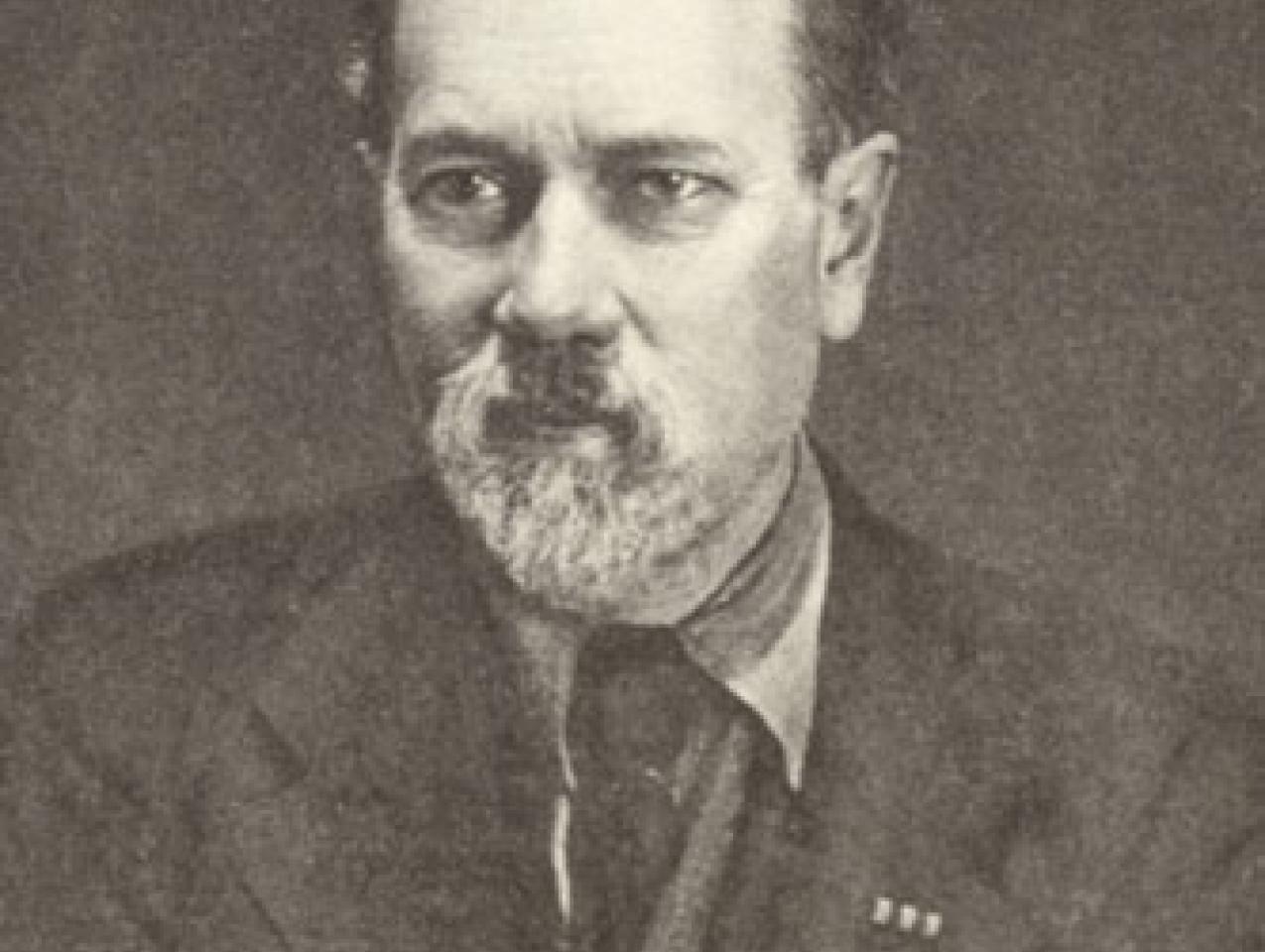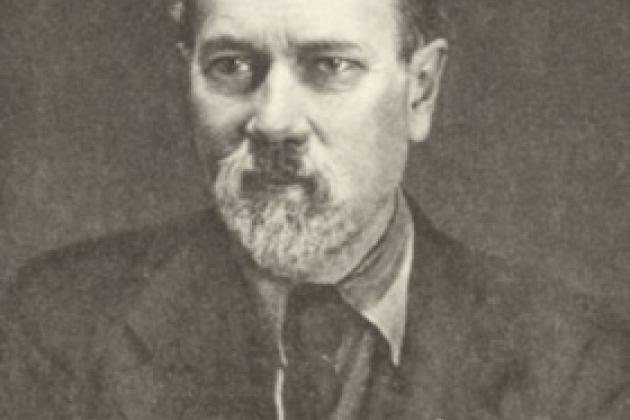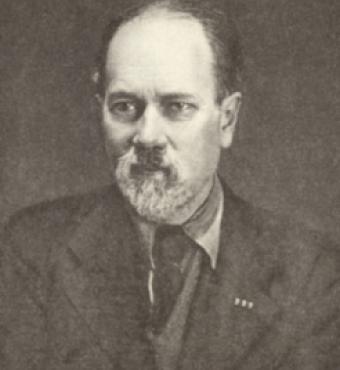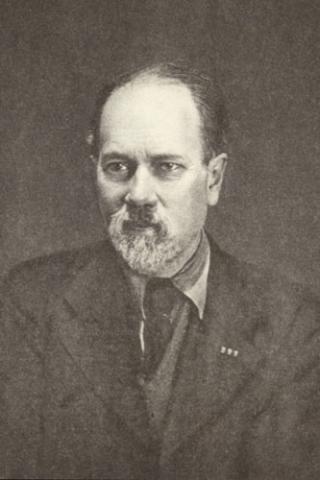Early in 1937, Nikolai Antsiferov, a Russian literary critic and expert on the cultural heritage of St. Petersburg, was arrested in Moscow for the fourth time. A survivor of the notorious Solovki and White Sea Canal concentration camps, where he had been punished for political offenses in the 1920s and early 1930s, he was an obvious target for re-arrest during the great purges: the Soviet secret police viewed anyone with a prior conviction as a likely enemy. Held in Moscow for almost a year as his case was investigated, Antsiferov finally was taken to a train station on the night of December 21, loaded into a crowded cattle car, and sent east. Forty-six days later, he reached his initial place of detention: an outpost of BAMLAG, a vast railroad construction project that used forced labor in the Ussuri district near the southeastern border of the Soviet Union. A troika sentenced him to eight years for counterrevolutionary activity.
Antsiferov had little hope of surviving for long in the harsh world of the camps. At 48, he no longer had the stamina of youth; moreover, previous terms of internment and bouts of typhus and malaria had weakened him to the point that the medical examiners in BAMLAG judged him to have a disability that would limit his work capacity by 80 percent. Nonetheless, Antsiferov did survive. In December 1939, after serving two years, he won release as part of a small amnesty. He immediately returned to Moscow, where he lived until his death in 1958.
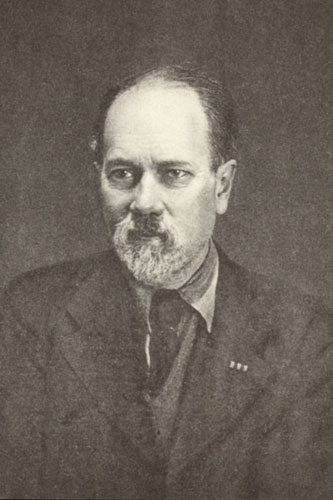
Even more remarkable than Antsiferov’s survival is a cache of documents that chronicles his last internment and offers insight into how he endured: hundreds of letters that the literary critic exchanged with his wife, Sofia Garelina, other family members, and friends. Archived in the Manuscript Reading Room of the Russian National Library in St. Petersburg, the collection includes 194 letters that Antsiferov mailed to Garelina during his internment and 175 that his wife sent to him in Ussuri, all of which Antsiferov saved and brought back to Moscow in 1939. Also in the collection are inventories of everything Garelina put in the dozens of packages she sent her husband between March 1938 and December 1939. The quantity of letters suggests that Antsiferov mailed an average of at least nine letters a month while in Ussuri and received eight a month in return.
A large amount of prisoner correspondence dating to the Stalin era has surfaced in Russian archives and in Western repositories such as the Hoover Archives.
Readers may be surprised to learn that a prisoner convicted of counterrevolutionary crimes could correspond so frequently during the worst years of the Stalin terror and that his letters have survived. Most of the bestknown descriptions of life in the Soviet Gulag during the Stalin period—eyewitness accounts by authors such as Aleksandr Solzhenitsyn, Evgenia Ginzburg, and Varlam Shalamov—give the impression that although labor camps theoretically offered mail service, few inmates managed to correspond regularly with their families. Prisoners lacked writing implements and money for stamps; rules limited how often and with whom they could correspond; and letters were burned by lazy censors, taken away before they could be sent, stolen, or used as cigarette papers. Harsh winter weather stopped the mail in some areas of Siberia for up to eight months a year. Many prisoners despaired at such obstacles and also were afraid of incriminating their loved ones. Outside the prison camps, relatives were often terrified into disowning the imprisoned and refusing all communication; cycles of arrests would sweep away entire families, along with their personal papers.
At least a small percentage of prisoners managed to surmount those obstacles. Since the glasnost era, inmate correspondence has surfaced in Western repositories such as the Hoover Archives as well as in Russian archives, including exchanges that stretch over a period of years and include letters both into and out of the Gulag. Few examples of inmate postal communication, however, rival the frequency and quantity of the Antsiferov- Garelina exchange.
A PRISONER LUCKIER THAN MOST
A number of things seemed to work in Antsiferov’s favor. The camp outposts where he was held were in the south and near a major railroad line that operated year-round. Antsiferov was moved infrequently and hence his address rarely changed, minimizing potential delays in mail delivery. Sofia Garelina sent her husband wire transfers and packages as soon as she received the first letter he mailed from BAMLAG. The correspondence suggests that friends rallied to the cause, and, thanks to their aid, Garelina was able to send Antsiferov an average of two parcels a month during his interment, as well as small sums of money.
The mail brought Antsiferov more than moral support. The food, clothing, and medicine he received from home helped slow his physical decline and also, in all likelihood, helped him secure better work assignments. During the two years he spent in Ussuri, Antsiferov worked at desk jobs more often than at physical labor. He served as a bathhouse manager, a statistician, and an accountant. Such assignments allowed him a certain amount of spare time and quiet space for writing and also ensured that, even if he did not receive writing supplies in a package from his wife, he had access to paper. If Antsiferov could not obtain stamps, he could write "C.O.D." on the envelope, knowing Garelina would pay the postage on the letters. Unlike many other wives of "enemies of the people" in the late 1930s, Garelina was not herself arrested or sent into internal exile or the camps. She remained in Moscow and worked actively to advance her husband’s appeals.
The outposts where Antsiferov was interned held mostly common criminals, as opposed to political offenders. In such detention sites, bosses often did not rigidly enforce correspondence restrictions or censorship. Even prisoners sentenced as counterrevolutionaries, who, according to regulations, should have been able to send letters only to close family members and only once a month—in some cases, only every three months—in practice often could write as frequently as they liked and to anyone they wished.
Inmates rarely directly described beatings and torture in the letters they sent their families, but often they wrote about other forbidden topics: poor medical care, violence, and deprivation.
In theory, censors working under the supervision of camp security officers carefully inspected all incoming and outgoing prisoner mail to ensure that letters did not voice anti-Soviet sentiments or comment on prohibited topics: recent arrests and political trials, the actions of camp guards, the events associated with a prisoner’s interrogation, the geographic location and daily regime of the camp in which he or she was held, and the identities of fellow prisoners. In fact, however, surviving examples of labor camp correspondence suggest that content restrictions, like limits on the numbers of letters prisoners could send, were enforced unevenly. Inmates rarely described physical beatings and torture in the letters they sent home, but they do offer fairly detailed accounts of other aspects of camp life that the censors were supposed to have silenced.
UNDERCURRENTS OF VIOLENCE, DEPRIVATION
In the letters he sent home to his wife, most of which clearly passed through the official camp mail and censorship system, Antsiferov not only reveals the names of fellow prisoners but also sets up meetings between Garelina and their relatives. He offers topographic descriptions of the locations of the camp outposts where he is held and describes the rhythm of daily life, including the rations, the substandard medical care, and the relations between criminal and political prisoners. In one horrifying passage, he recounts an accident that temporarily blinded him. In many others, he notes his own weak health, detailing symptoms associated with overwork, exposure to the elements, and nutritional deprivation: his legs swell so much that for a while he can no longer wear shoes; he experiences bloody diarrhea; the condition of his gums suggests that he has scurvy.
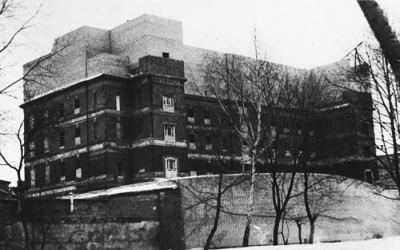
Even Antsiferov’s grateful responses to the small luxuries his wife sometimes managed to enclose in packages underscore the desperate circumstances. In one letter he writes:
The lemon that you sent in the last package, like those you sent before, arrived in fine shape. I shared bits of it with four separate individuals and, moreover, finished eating it only yesterday, having drawn out my enjoyment of it, in other words, for three weeks. I won’t hide it from you: in my life, which is so poor in content, food has come to occupy a place of honor. The thought that I will be able to drink tea with lemon and eat rusks in the evening is a huge source of pleasure.
Another letter, which recounts Antsiferov’s journey to Ussuri and his first months in the camps, offers this bleak account:
In the cattle car, no provision had been made for the Siberian cold. There was no light source in the dark except for what came in through the windows. We had to take turns sleeping. It was crowded. There wasn’t enough food. Often we didn’t have enough water. When I came down with angina, our group leader couldn’t get a doctor for me. Add to all this the swearing, the quarrels, sometimes even fistfights, and thefts. . . . [When we arrived at the 145th,] we started work. I ended up in a brigade of the "unshod and unclothed," of those for whom there weren’t enough uniforms. They used us for work inside the camp, and we also hauled firewood [indecipherable] from the other side of the River Ussuri. I was sent outside the camp to work only twice. It was hard to walk through snowstorms dressed in the clothes that you remember, to cut wood in them, and to haul logs to camp without any gloves. . . . In the 174th, things got much worse. The guards were stricter. There wasn’t enough water. We melted and drank snow for as long as there was any on the territory of the camp. At one point, there wasn’t even an infirmary. We were put together with common criminals. I began to perform general assignment work. Even when I had the flu and the fever that it brings on, I couldn’t get excused. . . . This is why I am so afraid of any change in my circumstances: I am drawing on my last reserves of strength. . . . There is no hope of any improvement in my situation. I am afraid things will get worse. That is why I look on myself, given my health, as doomed.
Painful to read, even many years later, such harrowing descriptions doubtless fueled Garelina’s frantic efforts to advance her husband’s appeals and to send care packages as frequently as possible. In her replies from Moscow, Garelina describes her efforts to petition institutions and individuals on her husband’s behalf, argues for and against specific lines of action, recounts rumors and the advice of influential acquaintances, tries to bolster her husband’s morale, and details her own efforts to assemble and send the packages that sustained him. She notes those friends and relatives who chose to shun her after Antsiferov’s arrest and those who offered assistance; she alludes fairly transparently to the arrest of specific individuals; and she describes the reactions of acquaintances with whom she shared her husband’s letters.
Why would Soviet authorities tolerate such substantive communication between the Gulag and free society? If the camp system existed in part to isolate those perceived as hostile to the regime, if its operations were supposed to be shrouded in absolute secrecy, then why allow inmates to communicate with family members at all?
THE ADVANTAGES OF BENDING THE RULES
Material in the Hoover Institution’s Archive of the Soviet Communist Party and State provides at least a partial answer. Official orders and reports from the archives of both the Main Administration of the Places of Confinement of the People’s Commissariat of Internal Affairs of the RSFSR (1922–39) and the Main Administration of Places of Confinement of the USSR Ministry of Internal Affairs (1930–60) suggest that in at least some instances Gulag officials saw prisoner correspondence as a way to draw supplementary resources into detention sites. At times officials saw the packages and wire transfers sent by prisoners’ relatives as a secondary line of supply that helped keep prisoners alive, thus sustaining the fundamentally fragile economy of the Soviet forced labor system. This view, articulated as early as 1922 and voiced with some regularity throughout the 1920s and the 1930s, surfaced forcefully during and immediately after World War II; high officials ordered camp bosses to solicit packages both by sending lists of goods in short supply to prisoners’ relatives themselves and by urging inmates to write home more regularly. Letters functioned as proof of life. They offered relatives a partial view of the desperate conditions in the camps and thus tended to spur new efforts to provide assistance.
"The lemon that you sent in the last package, like those you sent before, arrived in fine shape. I shared bits of it with four separate individuals and, moreover, finished eating it only yesterday, having drawn out my enjoyment of it, in other words, for three weeks."
Camp administrators may have had other reasons for their reluctance to restrict prisoner correspondence too severely. In reports to higher-ups, local camp officers sometimes explicitly connect mail privileges to prisoner morale and complain that any effort to impose unusually harsh restrictions, such as the rule that limited inmates in the special camp system in the late 1940s to sending two letters a year, made prisoners less manageable and undercut productivity. Survivor memoirs and interviews often mention times when officers, in an attempt to quell unrest or spur new labor enthusiasm, relaxed limits on correspondence even when such incentives were unauthorized.
"I am drawing on my last reserves of strength. . . . There is no hope of any improvement in my situation. I am afraid things will get worse. That is why I look on myself, given my health, as doomed."
Gulag correspondence seems, by its very existence, to challenge myths that have long shaped a scholarly understanding of Stalinist society. Such exchanges suggest that Stalin-era detention sites were less isolated from the rest of society than many have supposed. They also force scholars to recognize that official policies toward the families of those repressed were sometimes inconsistent. On one hand, the relatives of those arrested on political charges would be pressured by party cells and work and school collectives to denounce the convict and break off communication; on the other, the camp system tolerated and in some instances even appears to have encouraged a certain level of contact between prisoners and their families.
The private letters that sustained Nikolai Antsiferov and Sofia Garelina, leaving a rare and detailed window into the prison camp system, represent an intriguing new way of looking at the way information and resources flowed between the islands of the Gulag archipelago and the rest of Soviet society.









